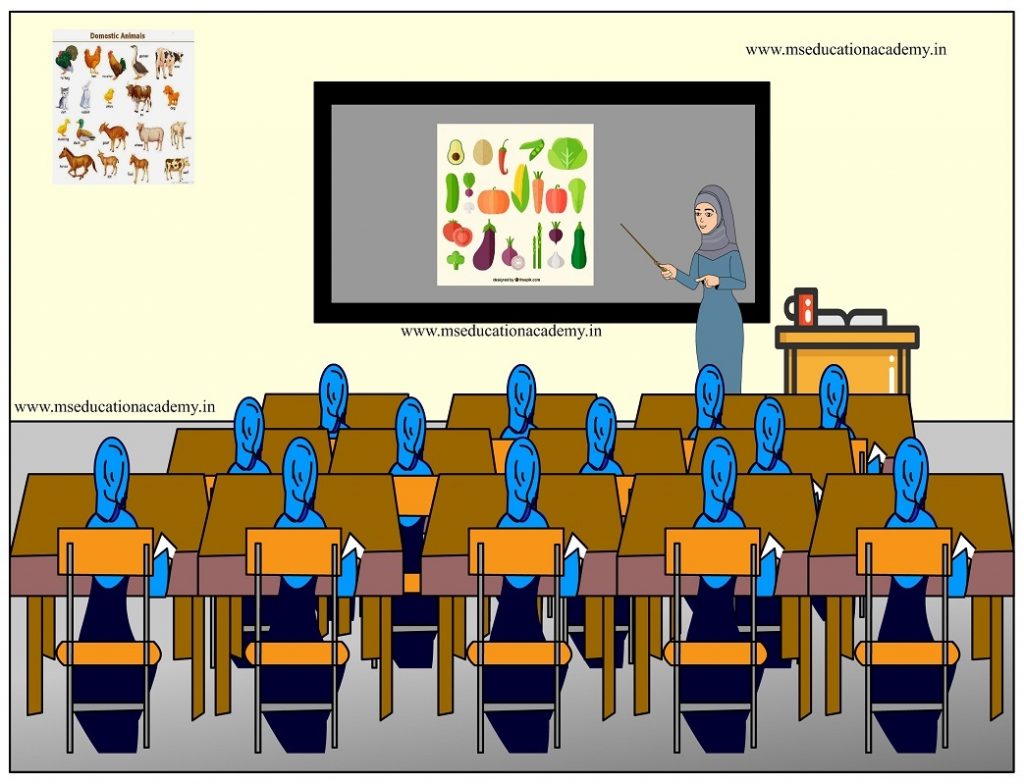Classroom Management
 Good classroom management doesn’t just happen; we have to work at it. Every teacher faces a challenge when it comes to managing his or her classroom. The decisions and actions a teacher takes in this area can be the difference between peaceful productivity and complete chaos. The actions and attitudes of the teacher during the first few class sessions set the tone for the rest of the term. There are some points that should be considered while it comes to classroom management.
Good classroom management doesn’t just happen; we have to work at it. Every teacher faces a challenge when it comes to managing his or her classroom. The decisions and actions a teacher takes in this area can be the difference between peaceful productivity and complete chaos. The actions and attitudes of the teacher during the first few class sessions set the tone for the rest of the term. There are some points that should be considered while it comes to classroom management.
Rules
For most teachers, the foundation of a managed classroom is a clear set of rules and consequences. Teachers need to establish general rules of conduct to ensure the classroom runs smoothly. The strategy for creating rules could also be used to determine routines for each class.
Learning Environment
The learning environment is the way the classroom works and feels. It includes the physical environment as well as the social or emotional environment within the classroom. Teachers want all students to feel motivated, challenged, supported and physically comfortable. The right management strategies lead to a positive learning environment, which promotes productivity and respect.
Student Engagement
One of the greatest challenges of managing the classroom is to keep students motivated and involved. In order to make students to actively learn, they must be fully engaged and participated during the entire learning process. If teacher successfully engage her students, it means that they are invested in learning.
Praise is a powerful tool
Praise can be used to transform a student’s image, uplift the entire class, and reinforce the values teacher seek to promote in her classroom or school community. When praising students, it’s important to be specific.
Involve the Parents
Parental involvement can help teachers understand their students, and manage them accordingly. Try to win over the confidence of the parents, and they would help teacher a lot in instilling values and good behavior in her students.



